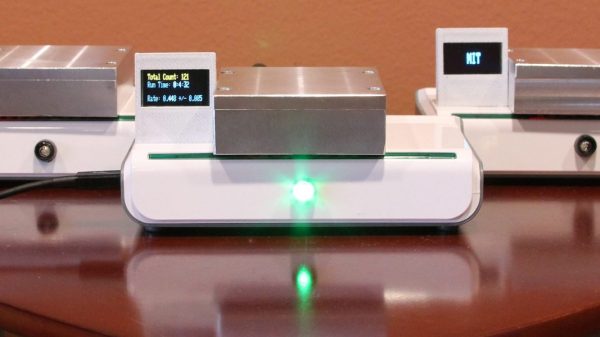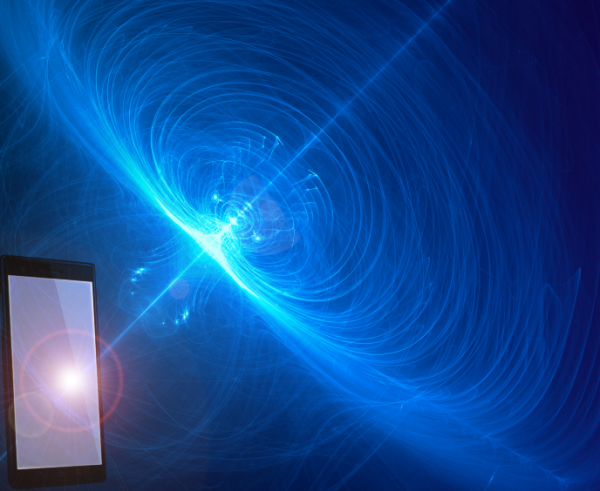Thanks to CERN and their work in detecting the Higgs Boson using the Large Hadron Collider (LHC), there has been a surge of interest among many to learn more about the basic building blocks of the Universe. CERN could do it due to the immense power of the LHC — capable of reaching a beam energy of almost 14TeV. Compared to this, some cosmic rays have energies as high as 3 × 1020 eV. And these cosmic rays keep raining down on Earth continuously, creating a chain reaction of particles when they interact with atmospheric molecules. By the time many of these particles reach the surface of the earth, they have mutated into “muons”, which can be detected using Geiger–Müller Tubes (GMT).
[Robert Hart] is building an array of individual cosmic ray detectors that can be distributed across a landscape to display how these cosmic rays (particles, technically) arrive as showers of muons. It’s a citizen science project disguised as an art installation.
The heart of each individual device will be a set of three Russian Geiger–Müller Tubes to detect the particles, and an RGB LED that lights up depending on the type of particle detected. There will also be an audio amplifier driving a small 1W speaker to provide some sound effects. A solar panel is used to charge the battery, which will feed the converters that generate the logic and high voltages required for the GMT array. The GMT signals pass through a pulse shaper and then through the logic gates, finally being amplified to drive the LEDs and the audio amplifier. Depending on the direction and order in which the particles pass through the GMT’s, the device will produce a bright flash of one of 4 colors — red, green, blue or white. It also triggers generation one of three musical notes — C, F, G or a combination of all three. The logic section uses coincidence detection, which has worked well for his earlier iterations. A coincidence detector is an AND logic which produces an output when two input events occur sufficiently close to each other in time. He’s experimented with several design versions, before settling on a trio of 555 monostable multivibrators to provide the initial pulse shaping, followed by some AND gates. A neat PCB design brings it all together.
While the prototypes are housed in wooden cases, he’s going to experiment with various enclosure and mounting options to see which works best — bollard lamp posts, spheres, something that hangs on a tree or tripod or is put in the ground like a paving block. Future prototypes and installations may include a software, pulse summing and solid-state detectors. Embedded below is a video of his current version of the detector, but there are several other interesting videos on his project page that are worth looking at. And if this has gotten you interested, check out this CERN brochure — LHC, The guide for a simple explanation of particle physics and information on the LHC.













